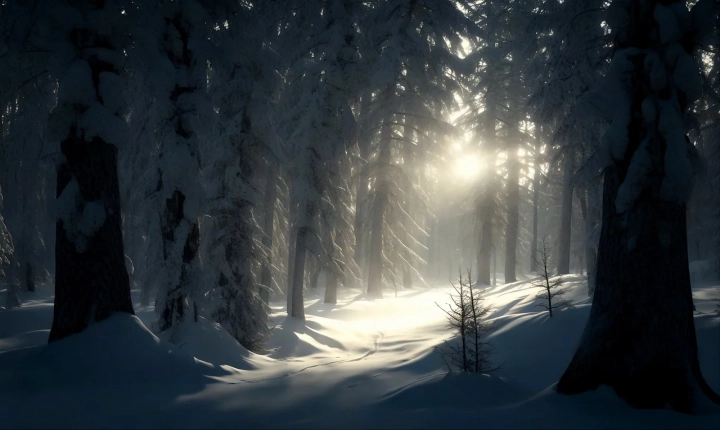Title: A Step-by-Step Guide to Creating AI-Generated Photos
In recent years, artificial intelligence (AI) has made significant advancements in the field of image generation. With the help of powerful algorithms and deep learning techniques, it is now possible to produce highly realistic and compelling images that are indistinguishable from those taken by a human photographer. In this article, we will explore the process of creating AI-generated photos, from sourcing the necessary tools to the practical application of these exciting and innovative technologies.
Step 1: Selecting the Right Tools
To get started with creating AI-generated photos, you will need to choose the appropriate tools and software. Several AI-powered image generation platforms are available, each offering unique features and capabilities. Some popular options include DeepArt, Runway ML, and Artbreeder, among others.
These platforms utilize generative adversarial networks (GANs) or other deep learning models to create images, and they often provide users with a user-friendly interface and a wide range of customization options. Whether you are a beginner or an experienced user, selecting the right tool will be crucial in achieving the desired results.
Step 2: Understanding the Basics of AI Image Generation
Before diving into the process of creating AI-generated photos, it is essential to understand the fundamental principles of AI image generation. GANs, for example, consist of two neural networks – a generator and a discriminator – which work together to produce high-quality and realistic images. The generator generates images, while the discriminator evaluates the realism of these images. Through repeated training and feedback, GANs are capable of learning to generate increasingly convincing images.
Additionally, knowledge of other concepts, such as convolutional neural networks (CNNs), transfer learning, and image embeddings, can further enhance your understanding of AI-generated photo creation and improve the quality of the generated images.
Step 3: Creating AI-Generated Photos
Once you have selected the right tools and gained a basic understanding of AI image generation, you can begin the actual process of creating AI-generated photos. Start by uploading an initial image or selecting a set of parameters (e.g., style, color, texture) that you want the AI to generate. The platform will then utilize its algorithms to create new, synthetic images based on the input you provide.
Experiment with different inputs and settings to see how they impact the final output. This trial-and-error process can help you better understand the capabilities of the AI system and refine your approach to generating images.
Step 4: Refining and Customizing the Generated Images
After the AI has produced a set of images, you can further refine and customize the results to meet your specific requirements. This may involve adjusting various parameters, such as brightness, contrast, composition, or applying additional filters or effects to enhance the visual appeal of the generated photos.
Be sure to evaluate the final output against your original objectives and make any necessary modifications to ensure that the AI-generated images align with your artistic vision.
Step 5: Ethical Considerations and Responsible Use of AI-Generated Photos
As with any emerging technology, using AI to generate photos raises ethical considerations and the need for responsible use. It is essential to acknowledge that AI-generated images have the potential to deceive and mislead viewers if not used ethically.
When creating AI-generated photos, it is vital to maintain transparency about the origin of the images and to ensure that they are presented in a responsible and ethical manner. Avoid misrepresenting AI-generated images as authentic photographs and always provide proper attribution when using AI-generated photos in public settings.
In conclusion, the process of creating AI-generated photos is an exciting and innovative endeavor that bridges the gap between human creativity and the capabilities of artificial intelligence. By following the steps outlined in this article and leveraging the power of AI image generation platforms, individuals can push the boundaries of visual art and explore new avenues of creative expression.
As this technology continues to evolve, it is essential to approach AI-generated photos with a responsible and ethical mindset, prioritizing transparency and integrity in their production and distribution. With these considerations in mind, AI-generated photos have the potential to revolutionize the way we perceive and create visual content in the digital age.
